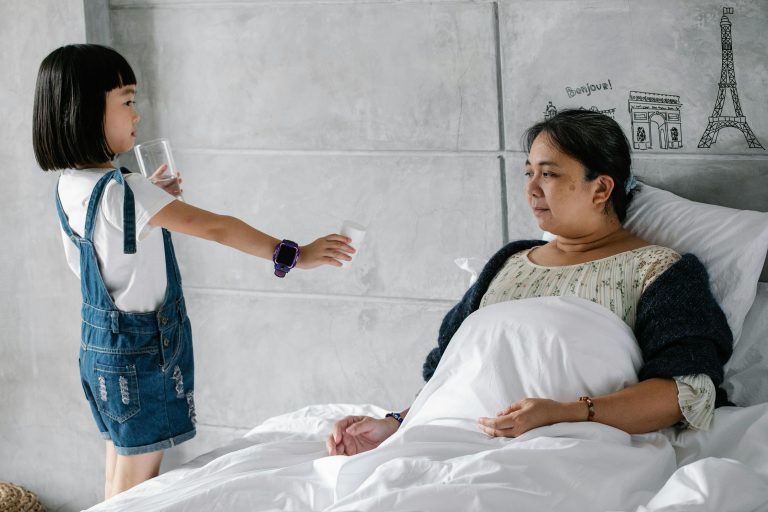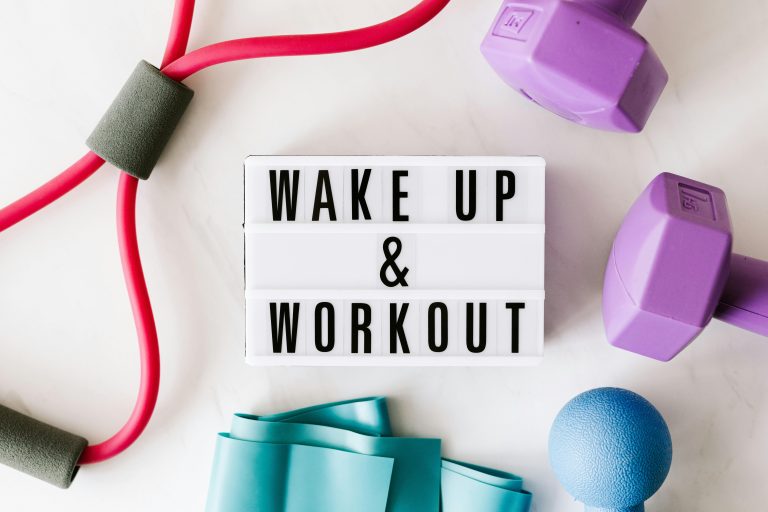“And God said, Let there be light; and there was light.” Genesis 1:3. And on the 4th day the sun was created to rule the day, and the moon (lesser light) to rule the night (verse 16). There has never been a statement so profound and so precise: “LET THERE BE LIGHT.”
Each part of the sunlight energy spectrum contributes, in its own way, to the delicate balance of life.
Most public health messages over the past century have focused on the dangers of excessive sun exposure. UVA radiation (which accounts for 95–97% of the ultraviolet radiation that reaches the Earth’s surface) penetrates deeply into the skin and may indirectly contribute to skin cancer through the generation of DNA-damaging molecules such as hydroxyl and oxygen radicals.
Sunburn is caused by intense UVB radiation, which also causes direct DNA damage and is associated with the development of several types of skin cancer. Both forms of radiation can damage collagen fibers, destroy vitamin A in the skin, accelerate skin aging, and increase the risk of skin cancer.
Excessive sun exposure can also cause cataracts and aggravate diseases related to immunosuppression induced by UV radiation, such as the reactivation of some latent viruses.

A growing number of scientists are concerned that efforts to protect the public from excessive UV exposure may be overshadowing recent research highlighting the many health benefits of UV exposure.
Some argue that the health benefits of UVB radiation may outweigh the adverse effects, and that the risks can be minimized through careful management of UV exposure (e.g., avoiding sunburn), as well as increasing dietary antioxidant intake and limiting fat and calorie intake.
Antioxidants, such as polyphenols, apigenin, curcumin, proanthocyanidins, resveratrol, and silymarin, have shown promise in laboratory studies in protecting against UVR-induced skin cancer, possibly through antimutagenic or immunomodulatory mechanisms.

MELATONIN AND SEROTONIN
As diurnal creatures, we humans are programmed to spend time outdoors while the sun is shining and to retreat into the night. This is why melatonin is produced during the dark hours and its production ceases with exposure to daylight. This hormone, produced by the pineal gland, is a key precursor to many of the body’s circadian rhythms. It also plays an important role in fighting infections, inflammation, cancer, and autoimmune diseases. In addition, melatonin also helps suppress UV-induced skin damage.
When people are exposed to sunlight or very bright artificial light in the morning, nocturnal melatonin production occurs earlier, making it easier to fall asleep at night. In addition, melatonin production varies seasonally in relation to the availability of light, with the hormone being produced for a longer period in winter than in summer. Phase advancement of the melatonin rhythm, caused by exposure to morning light, has been shown to be effective in treating insomnia, premenstrual syndrome and seasonal affective disorder (SAD).

Melatonin's precursor, serotonin, is also affected by exposure to daylight. Normally produced during the day, serotonin is only converted to melatonin in the dark. While high melatonin levels correspond to long nights and short days, high serotonin levels in the presence of melatonin reflect short nights and long days (i.e., longer exposure to UV radiation).
Moderately high levels of serotonin result in a more positive mood and a calm but focused mental outlook. In fact, SAD has been linked to low levels of serotonin during the day, as well as a delay in nighttime melatonin production.

With our modern tendency toward indoor activities and staying awake well after dark, nocturnal melatonin production is often not robust.
“The light we get outdoors on a summer day can be a thousand times brighter than what we experience indoors,” says melatonin researcher Russell J. Reiter of the University of Texas Health Science Center. “That’s why it’s important for people who work indoors to get out into natural light periodically, and for everyone to try to sleep in complete darkness. This can have a big impact on melatonin rhythms and lead to improvements in mood, energy, and sleep quality.”
For those who have jobs with limited sunlight exposure, full-spectrum lighting may be beneficial. Sunglasses can further restrict the eyes’ exposure to sunlight, thereby altering melatonin rhythms. Even short periods of sunlight exposure during the day, as little as 10 to 15 minutes, can have significant health benefits.

It is a healthy practice, therefore, to open the curtains and windows and let the sun in. (Glass blocks 90% of ultraviolet rays).
“We all lose much of sweet communion with God through our restlessness, through not cultivating moments of reflection and prayer. The spiritual condition needs to be often remembered, and the mind and heart drawn to the Sun of righteousness.”

CONTINUES…

































